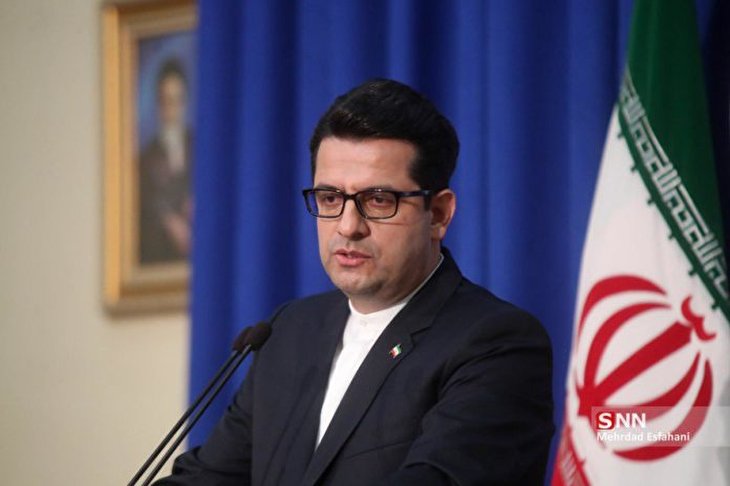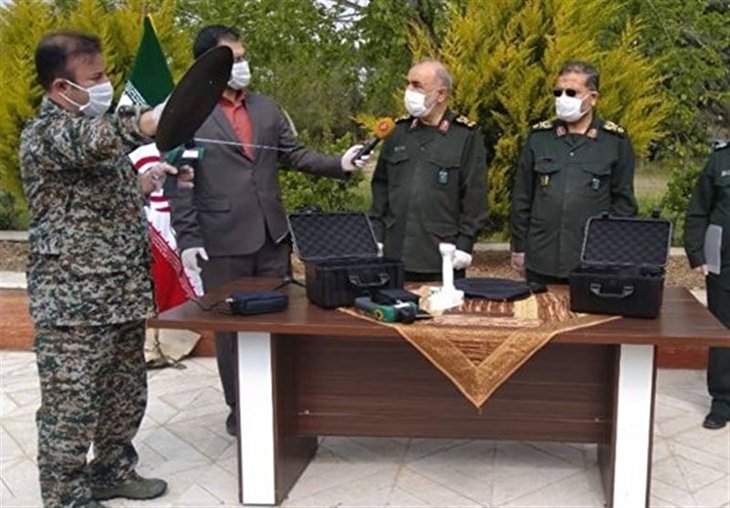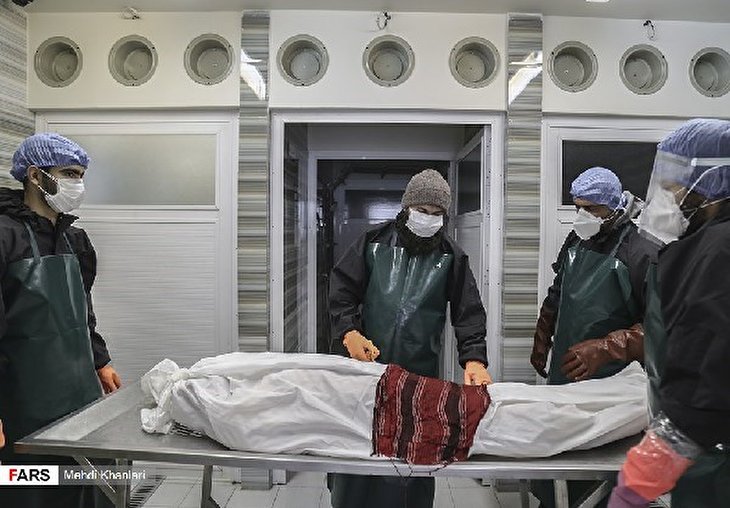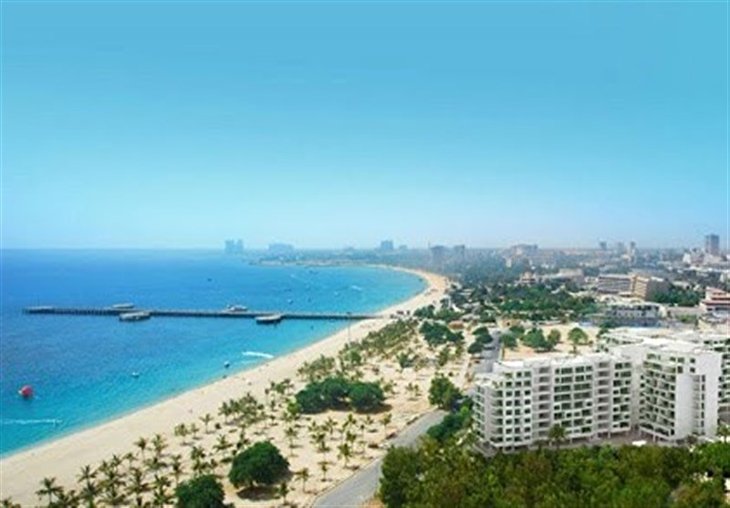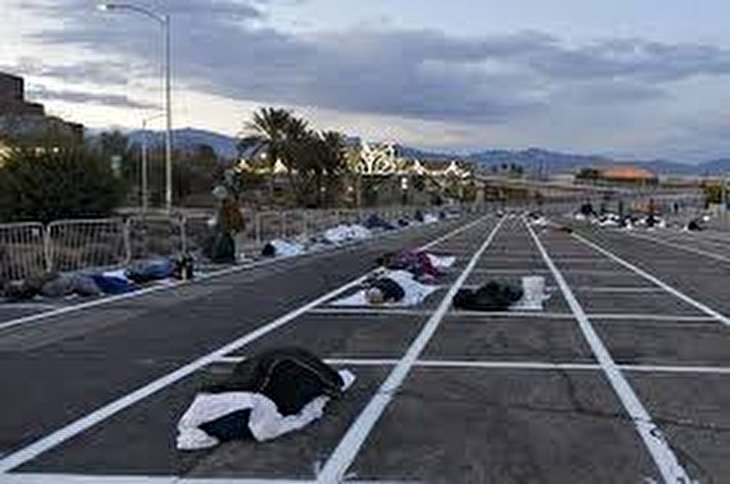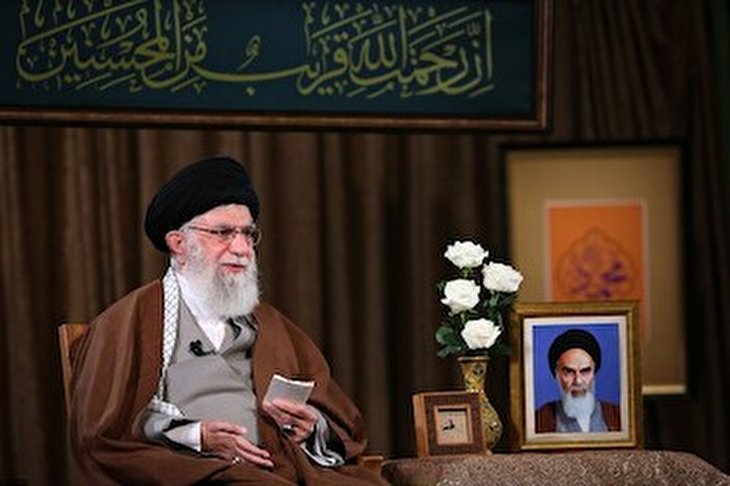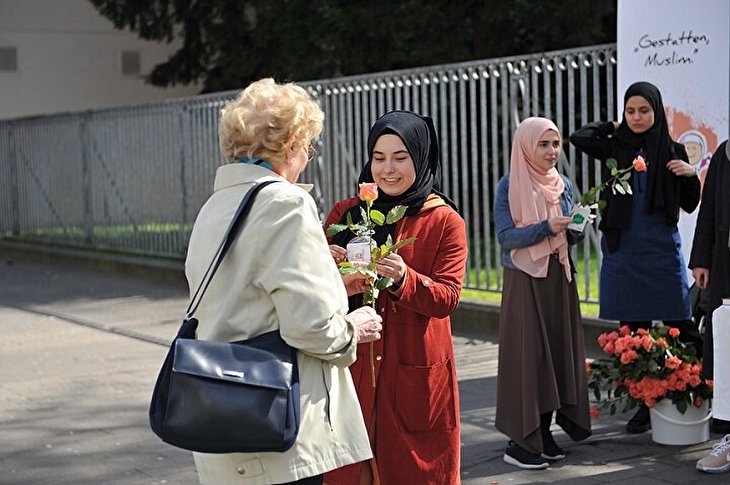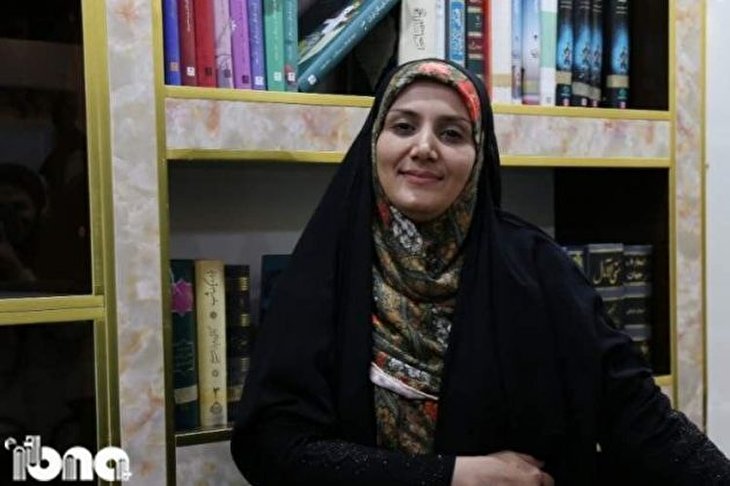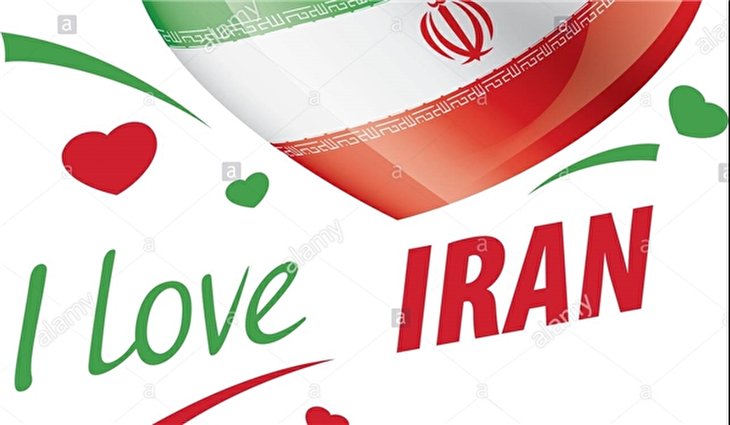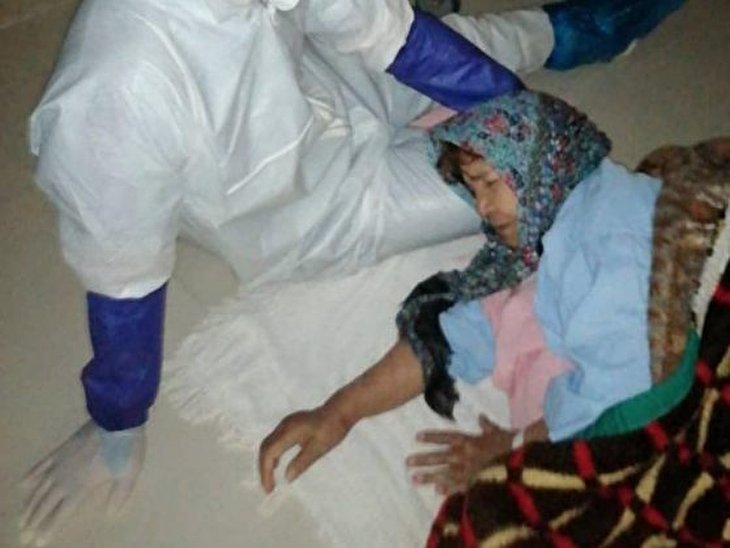
“US Seeking New Goals in Mideast to Make Up for Failures”

The more the balance is tipped in favor of the resistance front and independent
states, the more limited and inefficient the potentialities and tools of the US
and the Israeli regime become. At least, we can mention two recent developments
in the post-ISIS era, i.e. the referendum in Iraq’s Kurdistan region and
Hariri’s coercive resignation. In fact, the faceoff between the resistance front
on the one hand, and the American-Israeli front on the other, produced a result
which was against the objectives of the latter.
With the efforts and endeavors of Syrian and Iraqi troops as well as the
military management of top commanders of Iran’s Islamic Revolution Guards Corps
(IRGC) along with the commanders of Iraqi and Syrian armies, the domination of
ISIS in Iraq and Syria came to an end. Major General Qassem Soleimani, a senior
IRGC commander playing a key role in defeating ISIS and terrorism in the region,
also in a letter congratulated Leader of the Islamic Revolution Ayatollah Seyyed
Ali Khamenei on this victory. Still, we should see what the situation of Takfiri
terrorism in the region will be after the elimination of ISIS’s rule. Will the
American-Arab-Hebrew front back down from its positions? What impact will ISIS’s
defeat have on easing security threats against Iran?
Hadi Mohammadi, a senior expert on Middle East issues, has, in an interview with
the Persian-languate Basirat website, elaborated on the different dimensions of
the post-ISIS era in the region. The highlights of the interview follow.
Basirat: On the whole, how do you see the objectives of the United States and
Western countries in the post-ISIS era in Syria, Iraq and the region?
Analyst: We can outline those objectives as follows:
1. Making the most of the remaining terrorism and creating the opportunity to
mastermind new crises.
2. Continuing to use terrorism as a tool and to trigger wars and crises in a bid
to secure the opportunity for bargaining and seeking concessions.
3. Seeking to perpetuate political and security crises in the region in an
effort to deal a blow to the stability created as a result of the triumph over
American-Israeli schemes.
4. Pressuring the resistance front on economic, security, political and media
fronts in a bid to undermine its regional leverage.
5. Attempting to promote divergence and create different fronts in the region in
order to make financial capital out of it and interfere in regional affairs.
6. Seeking to gain a foothold in Iraq and Syria in a bid to gain concessions,
secure the possibility of meddling in regional affairs and prevent the
domination of the resistance front in the region.
7. Capitalizing on the cooperation of regional Arab allies in order to form an
Arab-Hebrew front and sideline the issue of Palestine and replace the Israeli
regime with Iran as the enemy.
The above-mentioned goals and policies are basically designed to compensate for
the West’s back-to-back failures in the region. The seven objectives are mostly
dependent on media, political, and to some extent security and military actions.
Such actions, of course, will not be so effective as long as the resistance
front acts promptly and prudently to deal with US-instigated crises as it did
with the Kurdistan referendum or Hariri’s resignation. Washington and London
have, in a joint plan, tried covertly to depict the Popular Mobilization Units
as a terrorist entity and a tool used by Sunnis to commit crimes. They have also
orchestrated a major scheme for Iraq’s upcoming parliamentary vote. Also in
Lebanon and following the failure of Hariri’s resignation scenario, they have
been seeking to provoke political conflicts as well as partisan and factional
tensions to dampen the role of the resistance front and Hezbollah in the region.
Of course, their post-ISIS objectives can be foiled by adopting prompt and
prudent measures.

